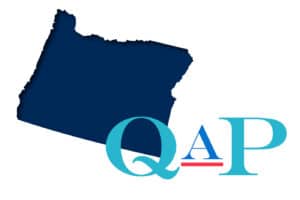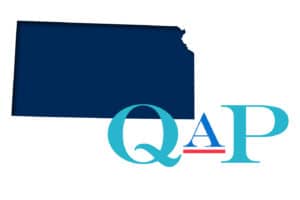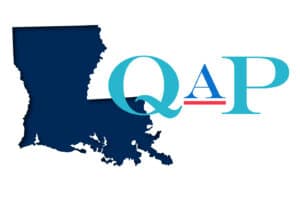The Maryland Department of Housing & Community Development (DHCD) set aside $40 million to relaunch the Assisted Housing Relief Program, which serves rental units in multifamily projects financed by DHCD’s Community Development Administration using State funds and other federal resources. The following eligibility requirements apply:
- The Program is limited to rental units in multifamily projects with State financing or LIHTCs. A property look-up website is available to verify eligibility.
- Eligible households are comprised of one or more individuals who are obligated to pay rent on a residential dwelling of which:
- One or more individuals within the household have qualified for unemployment benefits or experienced a reduction in household income, incurred significant costs or experienced another financial hardship due, directly or indirectly, to the COVID-19 outbreak;
- One or more individuals within the household can demonstrate a risk of experiencing homelessness or housing instability; and
- The household has a household income at or below 80 percent of area median income.
- HUD’s definition of “annual income” in 24 CFR 5.6091, applicants may request a waiver to use the adjusted gross income as defined for the purposes of reporting under Internal Revenue Service Form 1040 series for individual federal annual income tax purposes if it is demonstrated that a household would otherwise be ineligible for assistance.
- If an eligible household receives a monthly federal subsidy (e.g., a Housing Choice Voucher, Public Housing or Project-Based Rental Assistance) and the tenant rent is adjusted according to changes in income, the renter household may receive ERAP funds for the tenant-owed portion of rent or utilities that is not subsidized.
- Eligible tenants may receive assistance for unpaid rents for the period beginning January 1 and ending April 30, 2021.
In preparation for the opening of the application portal, DHCD anticipates the need to collect the following in accordance with the U.S. Department of the Treasury guidance:
- Address of the rental unit;
- For landlords and utility providers, the name, address and Social Security number, tax identification number, or DUNS number;
- Amount and percentage of monthly rent covered by ERA assistance;
- Amount and percentage of separately stated utility and home energy costs covered by ERA assistance (if applicable);
- Amount of outstanding rental arrears for each household;
- Household income and number of individuals in the household;
- Gender, race and ethnicity of the primary applicant for assistance; and
- Supporting documentation for income verification, which may include upfront, written third party, oral third party and self-declarations.


